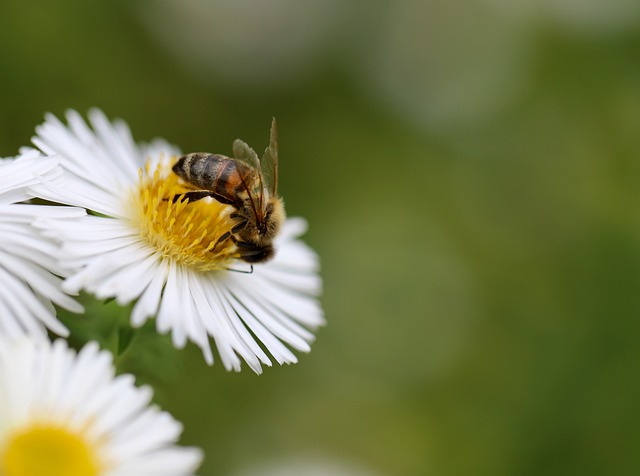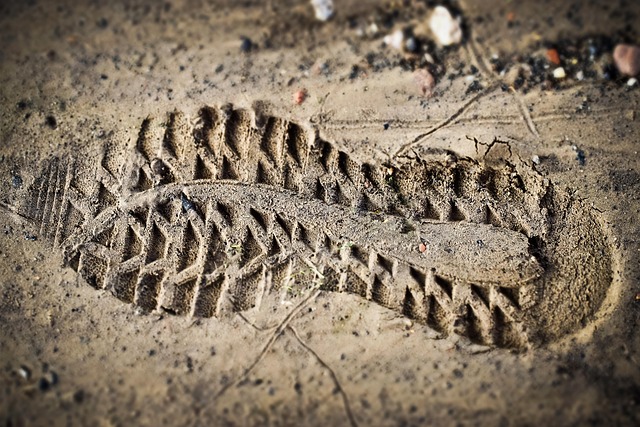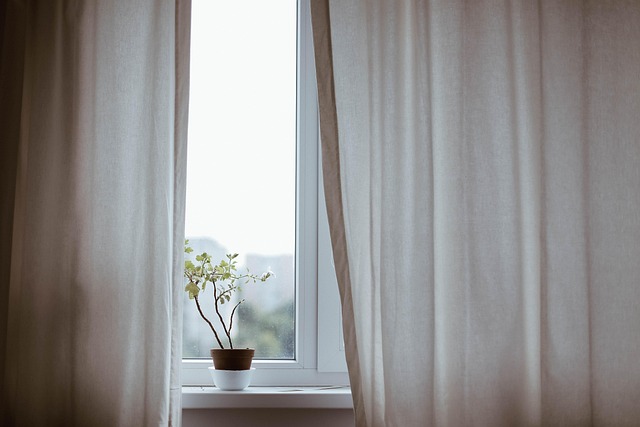The Eco-Friendly Guide to Pollination in Your Flower Garden
Creating a vibrant flower garden not only beautifies your outdoor space but also plays a crucial role in protecting our environment. At the heart of a successful garden lies the process of pollination, a beautifully intricate dance between nature, plants, and pollinators. In this guide, we’ll explore eco-friendly ways to promote pollination in your flower garden and the profound impact it can have on the ecosystem.
Understanding Pollination
Pollination is the process by which pollen is transferred from the male parts of a flower to the female parts, leading to fertilization and the creation of seeds. This biological marvel is essential for producing many of the fruits, vegetables, and flowers that we cherish. Without effective pollination, our gardens would be barren, and food sources would dwindle. By supporting pollinators, you directly contribute to a healthier environment.
Creating a Pollinator-Friendly Garden
Transforming your flower garden into a haven for pollinators can be an enjoyable and rewarding experience. Here are some eco-friendly strategies to attract and support bees, butterflies, and other essential creatures:
1. Diverse Plant Selection
Plant an array of flowers that bloom at different times throughout the season. Choose native plants, as they are more appealing to local pollinators. Varieties like coneflowers, asters, and milkweed not only enhance the beauty of your garden but also provide the nectar and pollen that pollinators seek.
2. Avoid Pesticides
Consider going chemical-free in your gardening practices. Many pesticides can harm or kill pollinators. Opt for organic methods to keep your plants healthy while preserving the delicate ecosystem around them. Natural alternatives like neem oil or insecticidal soap can protect your flowers without the adverse effects on pollinators.
3. Provide Water Sources
Much like us, pollinators need water to thrive. Incorporate shallow water dishes, bird baths, or puddling areas into your garden. Adding stones or pebbles will create landing spots for insects, ensuring they can hydrate safely without drowning.
4. Create Shelter
Pollinators need shelter to rest and reproduce. Include tall grasses, flowering shrubs, and even brush piles in your garden to offer safe haven for insects. Leaving some areas of your garden wild and unmanicured can provide ideal habitats for various pollinator species.
5. Engage in Community Initiatives
Join local gardening clubs or participate in community projects aimed at supporting pollinator populations. These initiatives often provide invaluable resources and knowledge while fostering a sense of community focused on environmental conservation.
The Ripple Effect of Eco-Friendly Gardening
By prioritizing pollination in your flower garden, you’re playing a significant part in nurturing nature. Healthier gardens contribute to biodiversity and help combat the decline of pollinator populations—a movement that needs all hands on deck. Every flower you tend to can lead to a chain reaction of benefits, from healthier ecosystems to improved air quality.
As you dig your hands into the soil and nurture your flowers, remember that your efforts ripple outwards, enriching not only your garden but also the environment around you. Embrace the magic of pollination and let your flower garden flourish.




